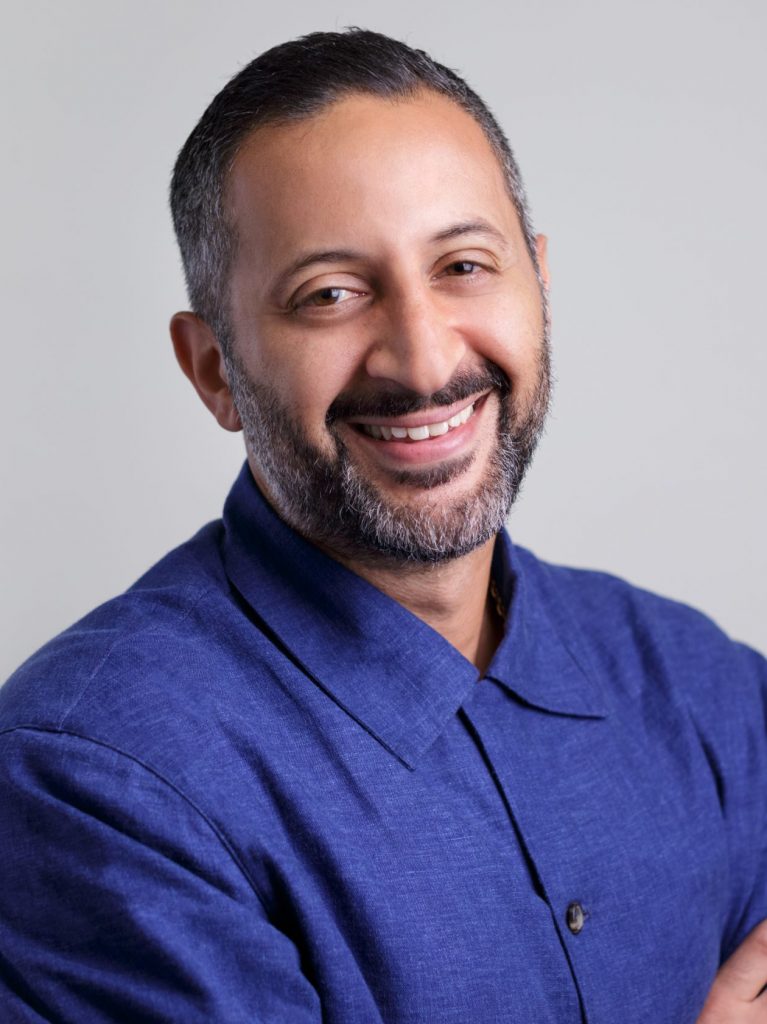Senior Fellow Spotlight: Samer Saliba

Samer Saliba is Head of Practice at the Mayors Migration Council. An urban planner by trade, Samer has spent the last 14 years helping shift power from international humanitarian organizations to local actors. Currently, he leverages technical and financial resources—like MMC’s Global Cities Fund for Migrants and Refugees—to help city leaders implement plans, policies, and projects that address the needs of migrants and refugees.
Your research interests include exploring how refugees and migrants express their agency. Tell us more about that.
This sounds outlandish, but it’s not enough to save lives. We have to maximize the potential of migrants and refugees as they themselves define it. This means valuing and nurturing their agency and independence as much as we value helping them find food or shelter.
I often say refugees go to camps for safety, but they go to cities for opportunity. And the best way to unlock this opportunity is to involve them in the decisions that affect their lives: engage them in city planning, shape their neighborhoods based on their preferences, put money in the hands of refugee-led organizations and community groups, give them equal opportunities to earn a living or an education, create time for them to have fun with friends and family, involve them in program design as active stakeholders instead of passive beneficiaries, and please stop painting them as powerless victims.
While my work is focused on helping people find self-reliance, my doctoral research is focused on helping people find self-actualization, whatever that means for them. It’s based in this belief that you and I don’t live to survive, we live to thrive. So why should we lower the bar for others just because they’ve endured more?
Migration policy is generally viewed as the responsibility of national governments, which have increasingly tightened their grip on enforcement. How can mayors work within these policies to create more receptive, welcoming cities?
The frame of migration policy is different for city governments than it is for national governments. While national governments deal with migration policy – that is, border management issues – cities deal with migrant policies, those that are more focused on people than on borders. And that’s an important distinction. Mayors and their city governments can focus on the people behind terms like “immigrant,” “asylum seeker,” or “refugee” and addressing their needs and amplifying their personal agency as city residents. This focus allows them to take whole-of-community approaches that treat newcomers the same way they treat other marginalized communities, only perhaps in a different language or with added legal support. National governments can either support cities with financial resources and more enabling national policies or they can attack migrant and refugee communities in cities (especially those with tenuous migration status), but it’s hard for them to keep cities from helping people.
What other barriers does MMC help municipal leaders address? What do you see as the biggest challenge to more inclusive cities?
A huge challenge is the barriers cities face in accessing funding and financing for programs and services that serve migrant, refugee, and other marginalized communities. This is true at multiple levels. At the national level, central governments often restrict cities’ international borrowing ability and give highly-restricted non-discretionary cash transfers that hamstring city-led responses. And internationally, most financial investment mechanisms require national sovereign guarantees or high levels of credit worthiness that cities—especially those in low income countries—rarely have (just 4 percent of the 500 largest cities in developing countries are deemed creditworthy).
The MMC raises awareness and advocates on this issue, but we also we established the Global Cities Fund for Migrants and Refugees to directly respond to this clear and growing need. Since we first launched in 2021, the fund has grown from 1 to 5 donors, from $1M to $8M, and from 5 to more than 25 city grantees helping thousands of people around the world.
The Global Cities Fund drive international donors to a marketplace of city-led, city-designed, city-owned solutions that have greater impact at a lower cost than international NGOs, which too often create parallel structures that don’t build local capacity. And it builds a precedent of fiscal feasibility for cities that are often disregarded by international donors with low risk tolerance.
